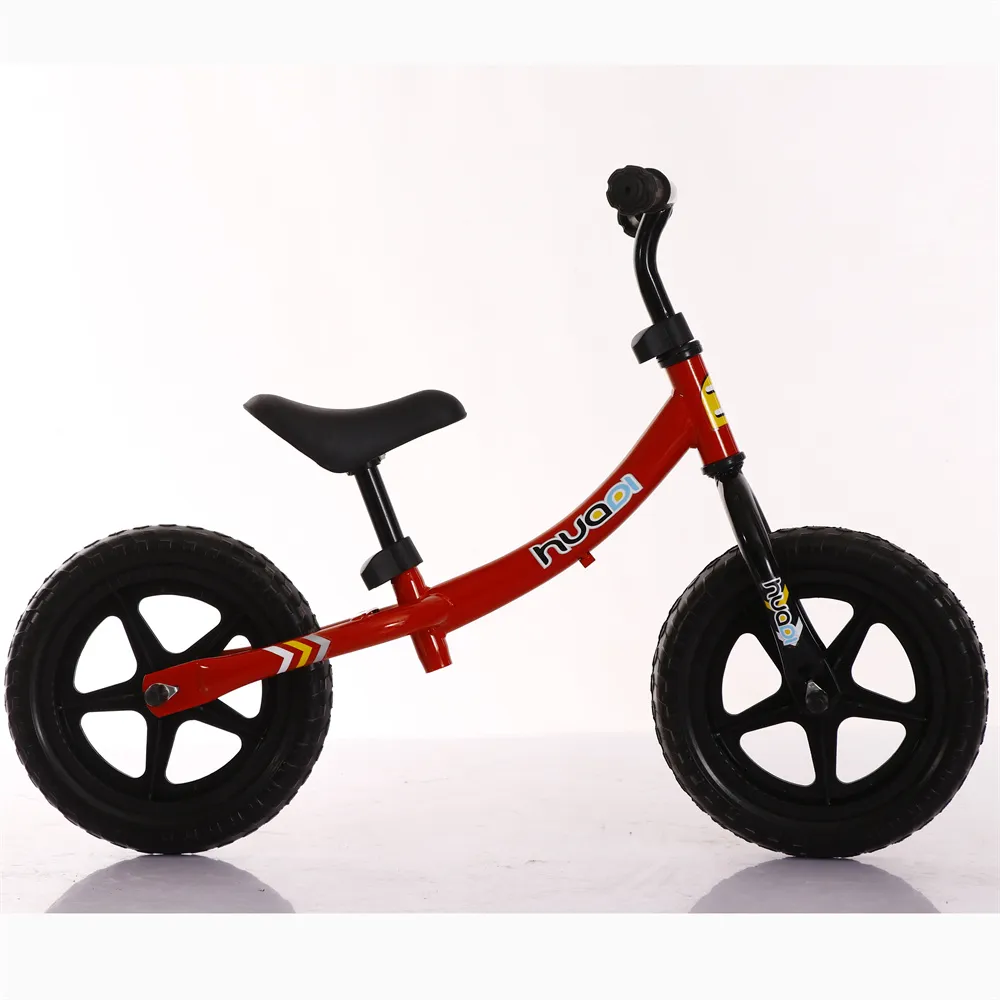Exciting and Safe Ride-On Bikes for Kids to Explore Their World with Fun
The Joy of Children's Ride-On Bikes
In recent years, children's ride-on bikes have emerged as a beloved staple of childhood playtime. These delightful toys not only provide hours of entertainment but also bring with them a myriad of developmental benefits that help shape a child's growth. As parents and caregivers look for ways to engage their little ones outdoors, ride-on bikes present an attractive option that combines fun, exercise, and learning.
Encouraging Physical Activity
One of the most significant advantages of children's ride-on bikes is their ability to encourage physical activity. In a world increasingly dominated by screens and indoor entertainment, getting children outside and moving has become more important than ever. Ride-on bikes promote cardiovascular health, strengthen muscles, and improve coordination and balance. Children naturally enjoy the feeling of freedom and empowerment that comes with pedaling and riding, which can instill a lifelong love of physical activity.
Building Motor Skills
As children operate their ride-on bikes, they develop essential motor skills. The act of steering, pedaling, and navigating obstacles requires a combination of fine and gross motor skills. These activities not only improve physical strength but also enhance hand-eye coordination. Over time, children build confidence in their abilities, leading to a greater willingness to tackle new challenges, whether on a bike or in other areas of life.
Social Interaction and Cooperation
Ride-on bikes are excellent for fostering social interactions among children. When kids ride together, they learn the importance of teamwork, sharing, and cooperation. They can organize games or races that require them to communicate and collaborate with their peers. This social engagement not only enriches their playtime but also helps develop important social skills that are vital for their emotional well-being.
childrens ride on bike

Encouraging Independence
Children's ride-on bikes also offer a wonderful opportunity for kids to practice independence. As they learn to ride, they develop problem-solving skills necessary to navigate different terrains and situations. This gradual mastery fosters a sense of ownership and self-reliance. Parents can encourage this independence by allowing their children to explore their surroundings on their bikes, helping them learn both safety and responsibility.
Engaging in Imaginative Play
Beyond the physical benefits, ride-on bikes spur imaginative play. Children often turn their biking adventures into epic journeys, whether they are pretending to be race car drivers, explorers discovering uncharted territories, or superheroes on a mission. This type of imaginative play is crucial for cognitive development, as it enhances creativity, storytelling skills, and emotional understanding.
Safety First
While ride-on bikes offer numerous benefits, it's essential to prioritize safety. Parents should ensure that children wear proper safety gear, including helmets and knee pads, when riding. They should also supervise younger children, especially in busy or potentially hazardous areas. By teaching children the rules of the road and how to navigate outdoor spaces safely, caregivers can promote a secure riding environment.
Conclusion
In conclusion, children's ride-on bikes are more than just a source of entertainment—they are valuable tools for development. By promoting physical activity, enhancing motor skills, fostering social interactions, encouraging independence, and inspiring imaginative play, these bikes play a vital role in shaping well-rounded, active, and confident children. As we continue to encourage outdoor play and exploration, ride-on bikes will undoubtedly remain a cherished part of childhood memories for generations to come. Investing in these fun and functional toys may just be one of the best decisions we can make for our little ones' growth and happiness.
-
Baby Balance Bike OEM Service – Kids No-Pedal, LightweightNewsNov.10,2025
-
OEM Kids Bike Children Bicycle – Cheap Wholesale BicyclesNewsNov.10,2025
-
Kids Bike New Model 12–18 inch Boys & Girls Bike, AdjustableNewsNov.10,2025
-
China Cheap Price Safe Kids Bike for 10yo w/ Training WheelsNewsNov.10,2025
-
China CE-Certified Kids Balance Bike, Guaranteed QualityNewsNov.10,2025
-
Colorful Outdoor Flashing Carton Children Scooter for KidsNewsNov.10,2025
-
Best Price Kids Balance Bike – Superior Quality, No PedalsNewsNov.10,2025








